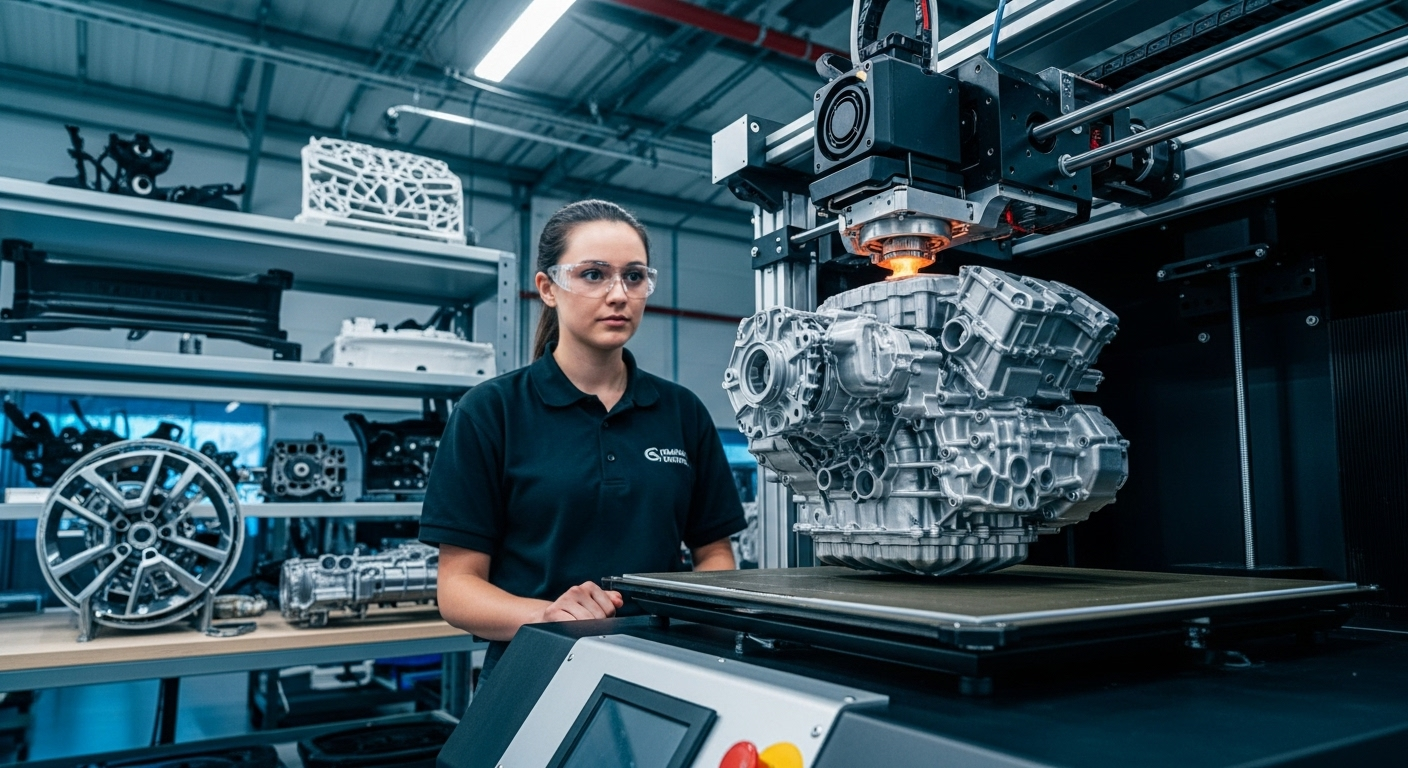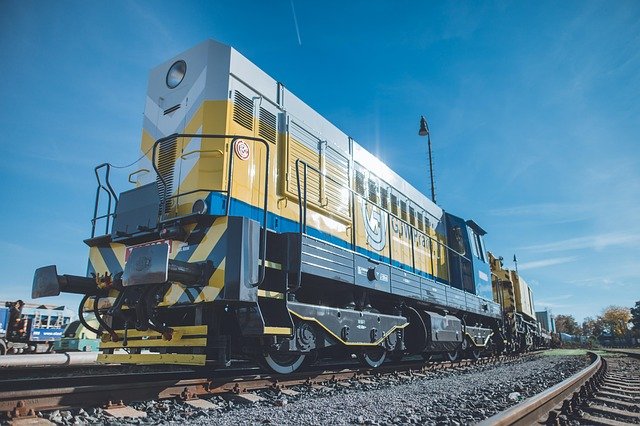Rediscovering the Art of High Compression Engines
At the heart of the automotive industry lies the engine, a mechanical marvel that powers our vehicles and fuels our love for driving. High compression engines, once the darlings of the automotive world, are gradually making a comeback. This article delves into the rich history, current trends, and the resurgent appeal of high compression engines.

A Historical Perspective on High Compression Engines
High compression engines have their roots in the early 20th century when engineers sought to increase engine efficiency and performance. In a high compression engine, the air-fuel mixture in the cylinder is compressed to a smaller volume before ignition. The result is a more efficient burn and more power output.
These engines were particularly popular in the 1960s and 1970s, powering high-performance cars and cementing their place in automotive history. However, as fuel prices soared and emission standards tightened, the industry moved towards lower compression ratios.
The Resurgence of High Compression Engines
Despite their decline in the late 20th century, high compression engines are now on the cusp of a comeback. Modern technology and innovative engineering approaches have allowed manufacturers to overcome previous challenges related to fuel efficiency and emissions.
With the aid of advanced fuel injection systems and precise ignition timing, today’s high compression engines can deliver impressive power without sacrificing fuel efficiency or environmental standards. This shift is being driven by a renewed interest in performance cars and the industry’s constant pursuit of superior engine technology.
The Impact of High Compression Engines
The resurgence of high compression engines has significant implications for the automotive industry. These engines are known for their superior power output and efficiency, which can lead to improved vehicle performance and fuel economy. This is a significant advantage in an industry under constant pressure to innovate and enhance vehicle capabilities.
However, the technology does come with its challenges. High compression engines require high-quality fuels to prevent knocking, and their complex design can lead to higher manufacturing costs. Despite these hurdles, the potential benefits of high compression engines are driving their renaissance.
High Compression Engines in Practice
Several manufacturers have started to incorporate high compression technology into their vehicles. Mazda, for example, has developed its SKYACTIV technology, which uses a high compression ratio to increase fuel efficiency and reduce emissions.
Similarly, Infiniti has developed its Variable Compression Turbo (VC-T) engine, which can adjust its compression ratio on the fly to optimize power and efficiency. These practical applications underline the potential of high compression engines in modern vehicles.
The Future of High Compression Engines
The resurgence of high compression engines is a testament to the automotive industry’s ability to adapt and innovate. While these engines’ future will largely depend on technological advancements and market demand, their potential is undeniable.
In an industry where power and efficiency are paramount, high compression engines could play a pivotal role in shaping the future of automotive engineering. As technology continues to evolve, these engines may become a common feature in the vehicles of tomorrow.
In conclusion, high compression engines, once a symbol of the automotive industry’s golden age, are making a steady comeback. Their rich history, current resurgence, and potential for future applications underscore the dynamic nature of the automotive industry, a sector that is constantly evolving and innovating. High compression engines are a testament to this industry’s relentless pursuit of power, efficiency, and performance.





